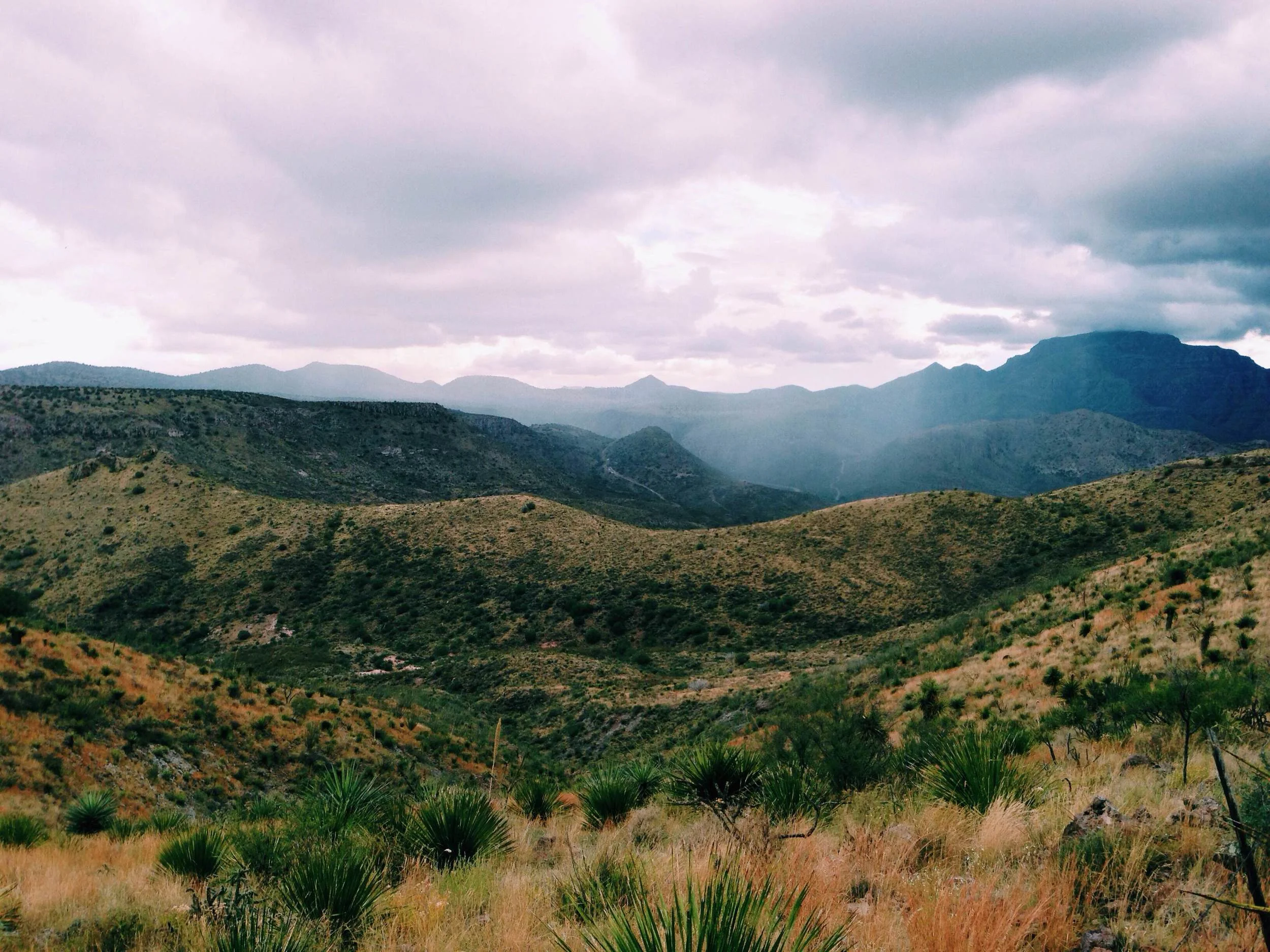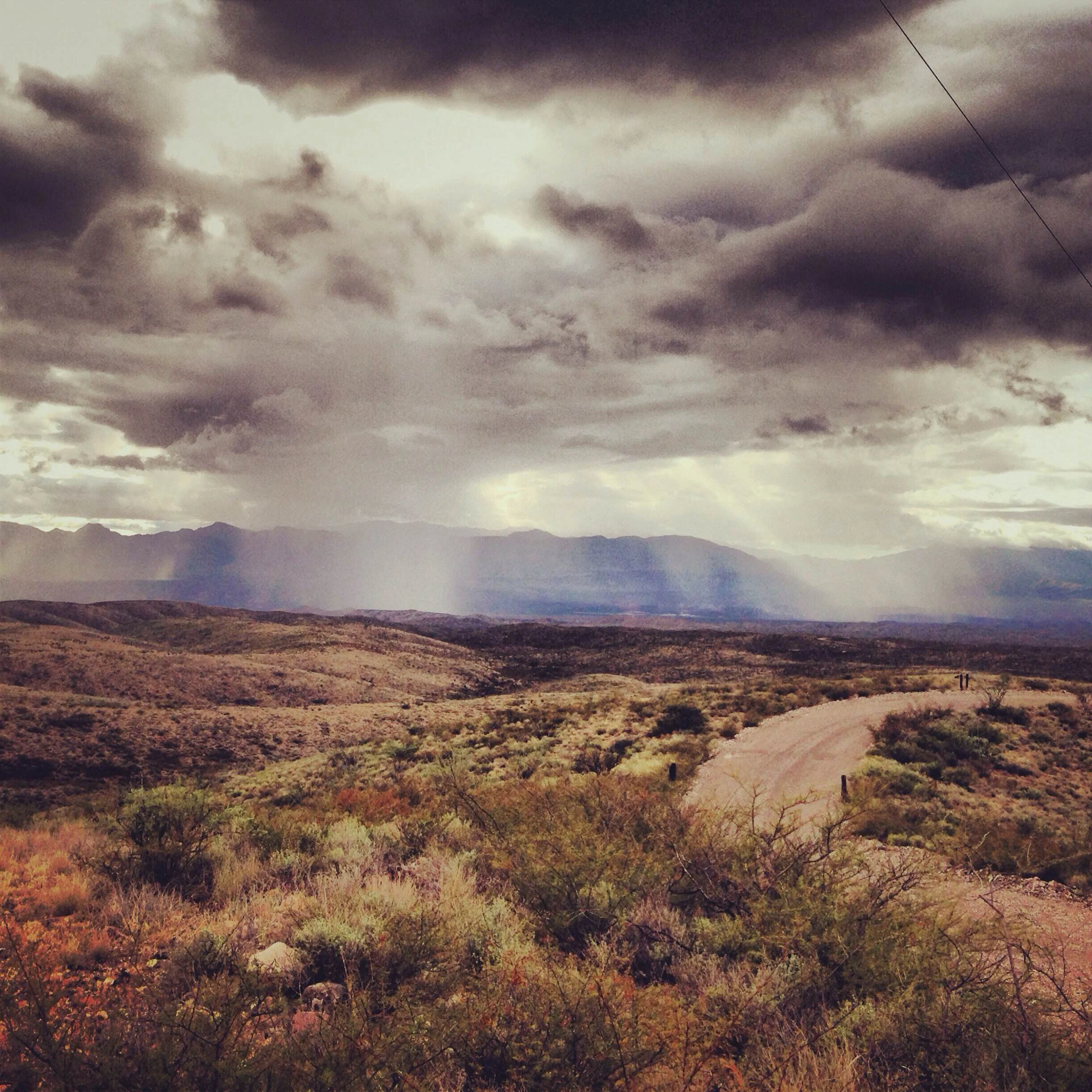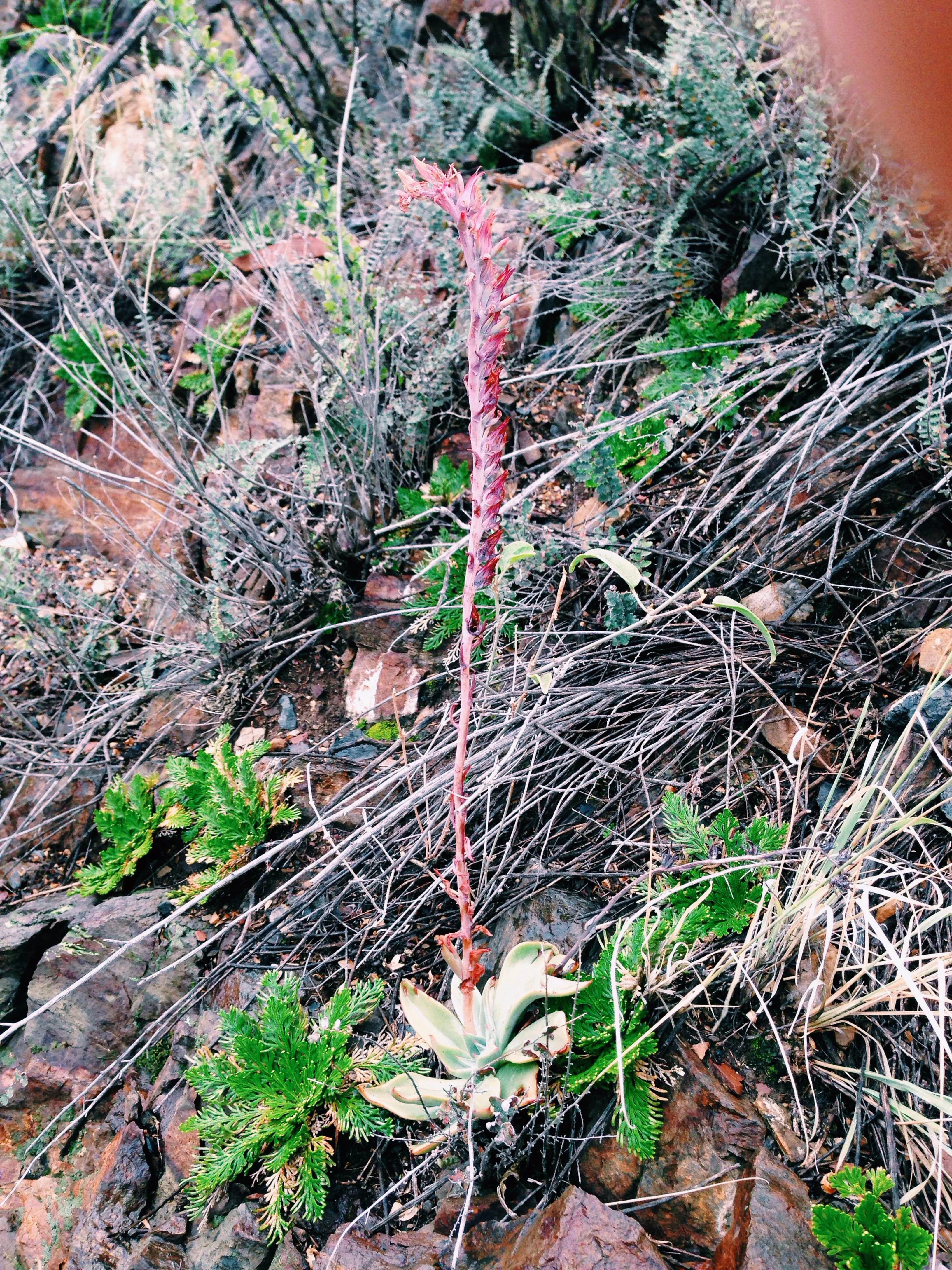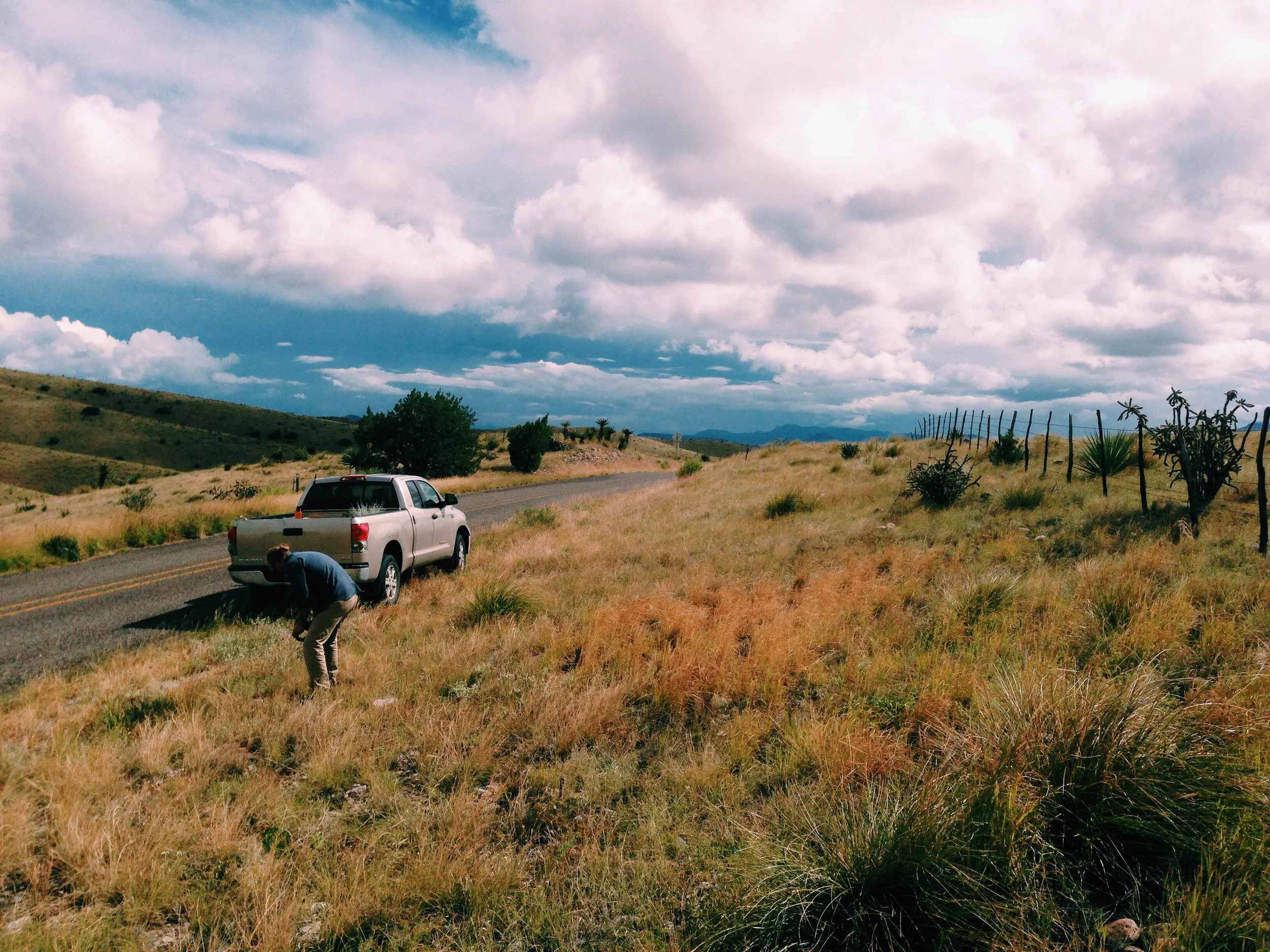Chinati Mountains
The Big Bend area of the Chihuahuan Desert in Texas probably my favorite region to visit given its diverse botany, topography, and ecology. In October 2013 with the assistance of a botanist who is well-versed in the plants of the area, a coworker and I were able to visit the flora-rich Chinati Mountains in Presidio County, Texas.
Plant: Yucca torreyi, Torrey's Yucca | Location: FM2810, Presidio Co., Texas, South of Marfa
Yucca torreyi is a large, stiff-leaved yucca found throughout the Chihuahuan Desert in Texas. This specimen was photographed on FM2810, south of Marfa in Presidio County in the rolling grasslands at the feet of the Chinati Mountains, our primary destination to the south a few miles. In the background, large clumps of Nolina texana have colonized the hillside.
Plant: Datura wrightii, Sacred Thorn-Apple | Location: Pinto Canyon Road, Presidio Co., Texas
Now entering the northern range of the Chinati Mountains, we are experiencing periodic rains due to the seasonal monsoons. With a bit of moisture to darken the leaves, this Datura wrightii was easily spotted from the gravel road. This plant is widely adaptable to a variety of environments and is found throughout the American Southwest. When given adequate moisture and a bit of shelter, this species can grow up to 8 feet in height and sprawl up to 20 feet wide. Given the harsh conditions of the desert, this particular plant is much smaller. Over the shoulder of the man on the right, you can see a Dasylirion leiophyllum rising up. This sotol is only found in the Chihuahuan Desert.
Plant: Echeveria strictaflora, Desert Savior | Location: Pinto Canyon Road, Presidio Co., Texas
This beautiful succulent is the only species of its genus found in the continental US. Along with the Chinati, E. strictaflora has been documented to the north on Mt. Livermore in the Davis Mountains. When blooming, the "pink flag" allows these guys to easily be spotted.
Plant: Sedum wrightii, Wright's Stonecrop | Locations: Pinto Canyon Road, Presidio Co., Texas
This yellow-blooming succulent is one of about half a dozen Sedums found in Texas, with most occurring in the Big Bend region. This guy has found a nice spot on the east side of a steep grade, relying on the moisture run-off from the impervious rock faces above to survive the brutal summers.
Plant: Echicactus horizonthalonius, Devil's Head | Location: Pinto Canyon Road, Presidio Co., Texas
What a treat to see this species in bloom. E. horizonthalonius is found throughout the Chihuahuan Desert and into southern Texas. You'll find them in well-draining caliche and full sun. It is less tolerant of moisture than its cousin, E. texensis, though its inflorescence is arguably more showy.
Plant: Lophophora williamsii, Peyote | Location: US Hwy 67, Presidio Co., Texas
Known primarily for its psychoactive properties, L. williamsii is highly sought after in illegal trade. Because of this, populations of this genus are difficult to find. This was definitely the most exciting find of this trip. Preferring limestone slopes primarily, this guy is usually extremely hard to initially spot unless you're previously aware of its location. As moisture becomes less available, the plant contracts and become nearly invisible as ground litter serves as camouflage. Due to monsoonal rains, this specimen is relatively "puffed up". Due to poaching, this species is listed as vulnerable.
The following photos give an example of the terrain and weather patterns we enjoyed while plant spotting.



Plants: Ariocarpus fissuratus, Living Rock Cactus | Location: Residential Garden, Marfa, Texas
Also known for its psychoactive properties, A. fissuratus has been used by natives as a substitute for Lophophora williamsii. It is almost guaranteed to not be seen unless it is in flower like the specimen above. This particular plant is in an arid front garden of a residence in Marfa.
Northwest of Marfa between Alpine and Fort Davis on Texas 118 is the Chihuahuan Desert Nature Center, a facility of the Chihuahuan Desert Research Institute, a non-profit organization that promotes the preservation and appreciation for the desert. Along with exhibits and a bookstore, there is a great botanical garden highlighting the significant species of the Big Bend region. I encourage anyone who is in the area to make the stop. It was an appropriate end cap to a fulfilling botanical trip. Below is a photo from inside their succulent greenhouse.
Location: Greenhouse, Chihuahuan Desert Nature Center, Fort Davis, Texas









